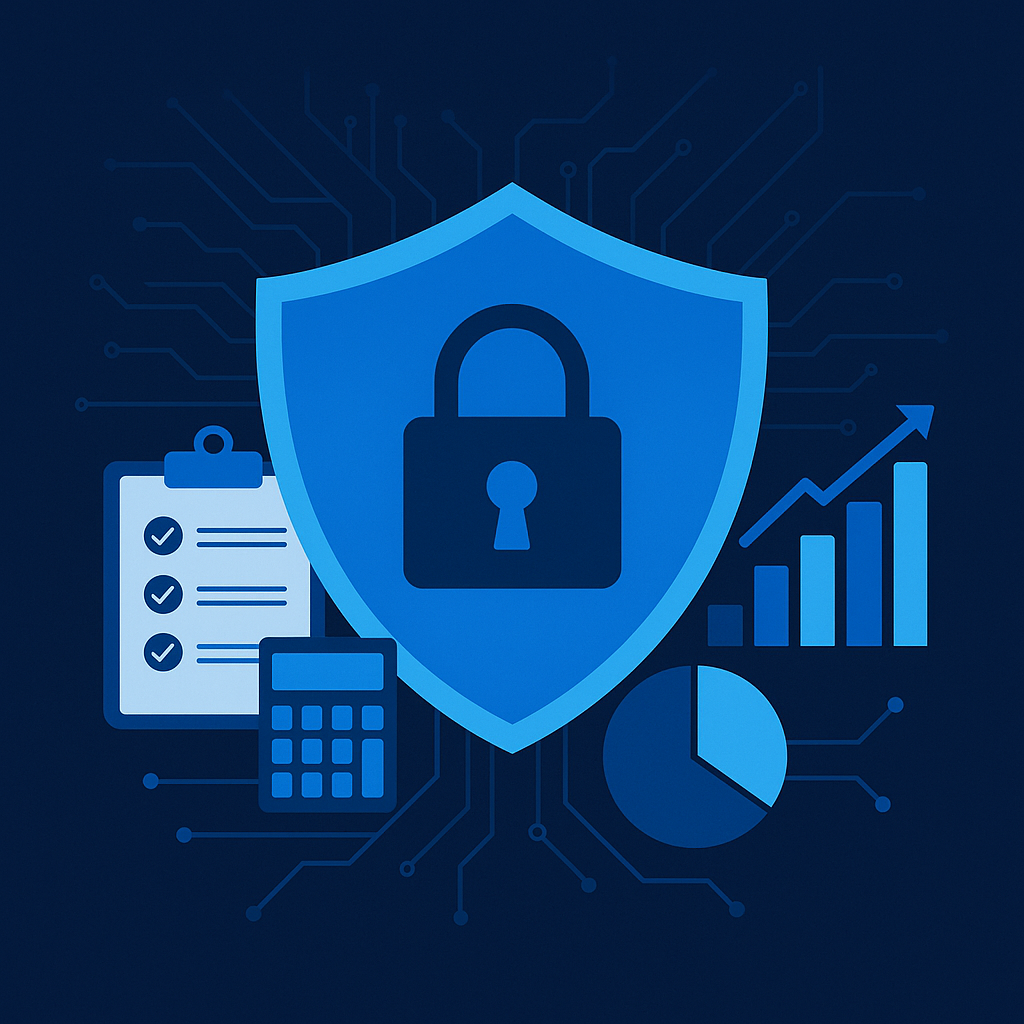
For as long as businesses have existed, they've relied on tools to manage risk. From the first accounting ledgers in ancient civilizations to today's ERP and compliance platforms, each generation of business leaders has adopted tools to gain visibility, control, and protection..
But the risk landscape has changed dramatically.
The Rise of Digital Risk
As companies have gone digital, so have the threats. Cyber risks now dominate the modern business environment. Data, systems, and operations are increasingly exposed to vulnerabilities. Yet, many organizations still view cybersecurity primarily as a technical or operational issue—something to be handled by IT departments, rather than a strategic pillar of enterprise risk management..
So the question becomes:
Why did we take so long to treat cybersecurity as a core part of risk management?
A Brief History of Risk Management Tools
Risk management tools have evolved significantly:
- 1494 – Accounting Origins: Luca Pacioli published Summa de Arithmetica,laying the foundation for modern financial risk control. [Source : ACCA]
- 1960s – MRP Systems: Material Requirements Planning (MRP) systems helped manage manufacturing risks.
- 1990s – ERP Systems: Enterprise Resource Planning tools streamlined business functions, enabling data-driven operational decisions. [Source : Evosus]
- Early 20th Century – Gantt Charts: Visual timelines improved project risk planning and resource allocation.
- 2000s – GRC Frameworks: Governance, Risk, and Compliance tools addressed complex regulatory demands. [Source : From GRC 1.0 to 5.0]
Enter the Digital Era: Risk Has Gone Cyber
With cloud computing, remote work, IoT, and AI tools, organizations now face complex and evolving cyber threats. Traditional, siloed approaches no longer suffice. Cybersecurity must be part of the overall enterprise risk management strategy..
Why Businesses Lag Behind on Cybersecurity Integration
Despite rising awareness, many organizations still fall behind due to :
- Overreliance on outdated tools like Excel and Word
- Fragmented, operational responses instead of strategic frameworks
- Misconceptions about the cost and complexity of cybersecurity platforms
- An IT-centric view of cybersecurity instead of a risk-based mindset
Fun fact: Over 90% of spreadsheets contain errors, leading to major cybersecurity blind spots. [Source : WIRED]
Why Cybersecurity Is a Business-Critical Priority Today
The Cyberattacks are more frequent—and more costly—than ever. As we noted in our previous post, AI vs. AI: Defending Against the Next Generation of Cyber Attacks, some breaches can cripple operations entirely.
Organizations must adopt risk-based cybersecurity tools to
- Prevent, detect, and respond to threats efficiently
- Ensure compliance and control
- Enable data-driven decisions securely
A concrete example? Oligo Risk Manager.
Designed to support organizations across all sectors, Oligo.RM enables comprehensive risk simulation, whether cyber-related or not. It provides a clear, real-time view of persistent and critical risks that require immediate attention and mitigation.
Final Thoughts: Cybersecurity Is Risk Management
The risk-based approach to cybersecurity is no longer optional—it’s essential. In an environment where threats evolve faster than ever, cybersecurity is not just about protection—it’s about smart, strategic risk management to lower your costs, save time, and make more relevant, informed decisions..
